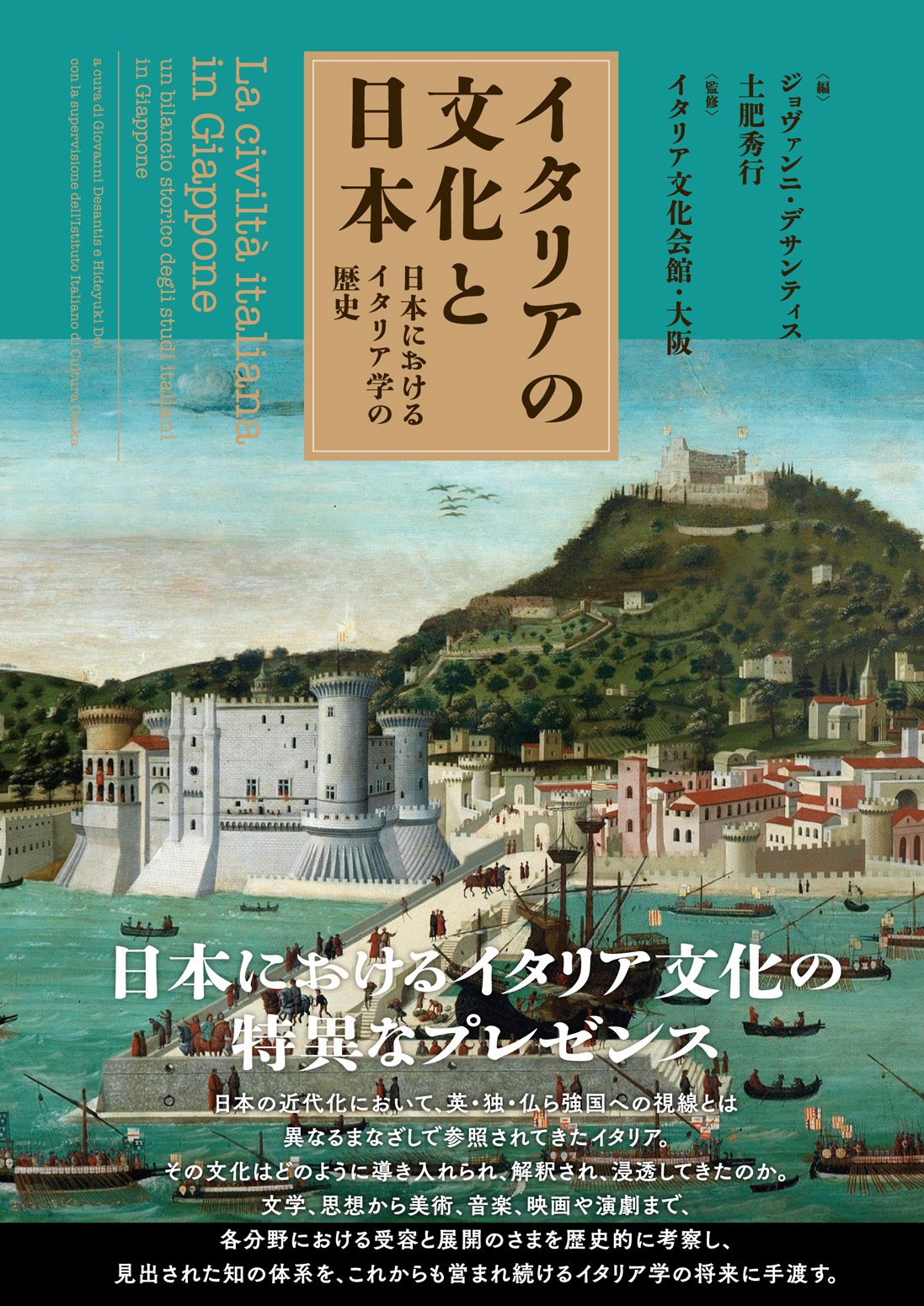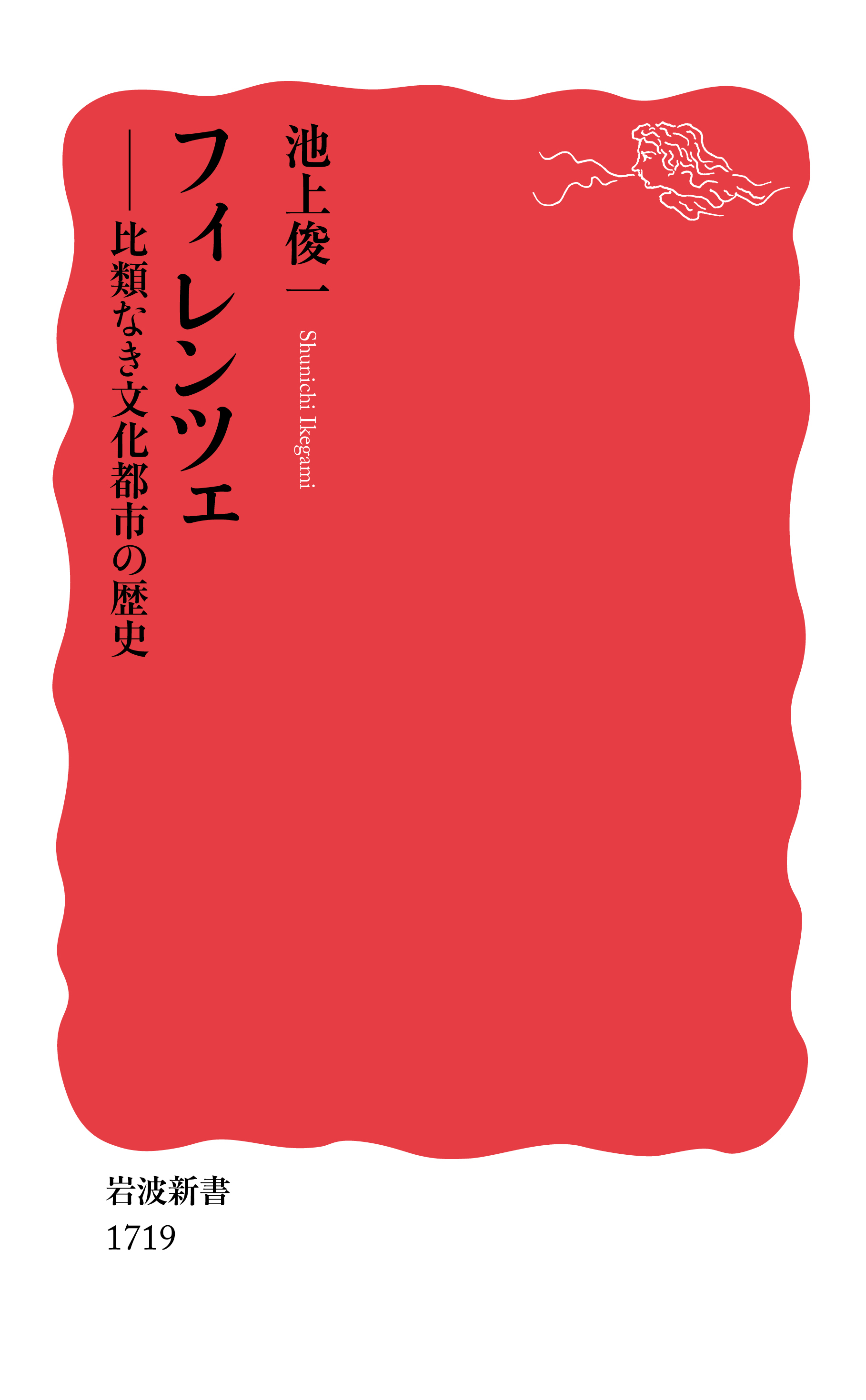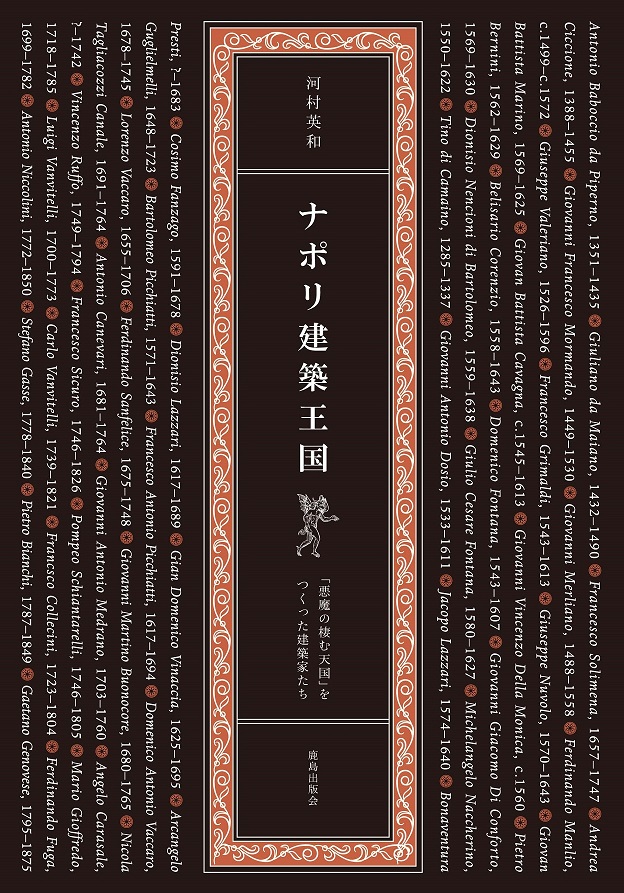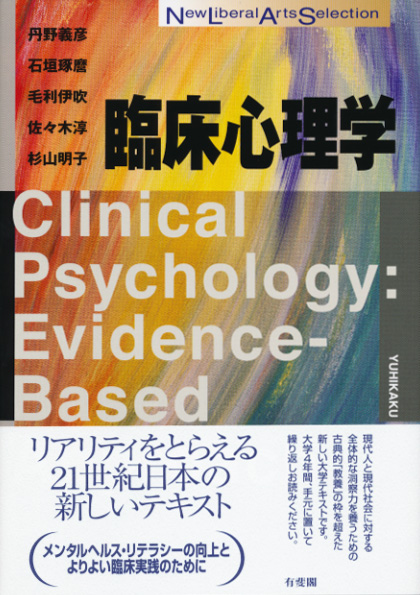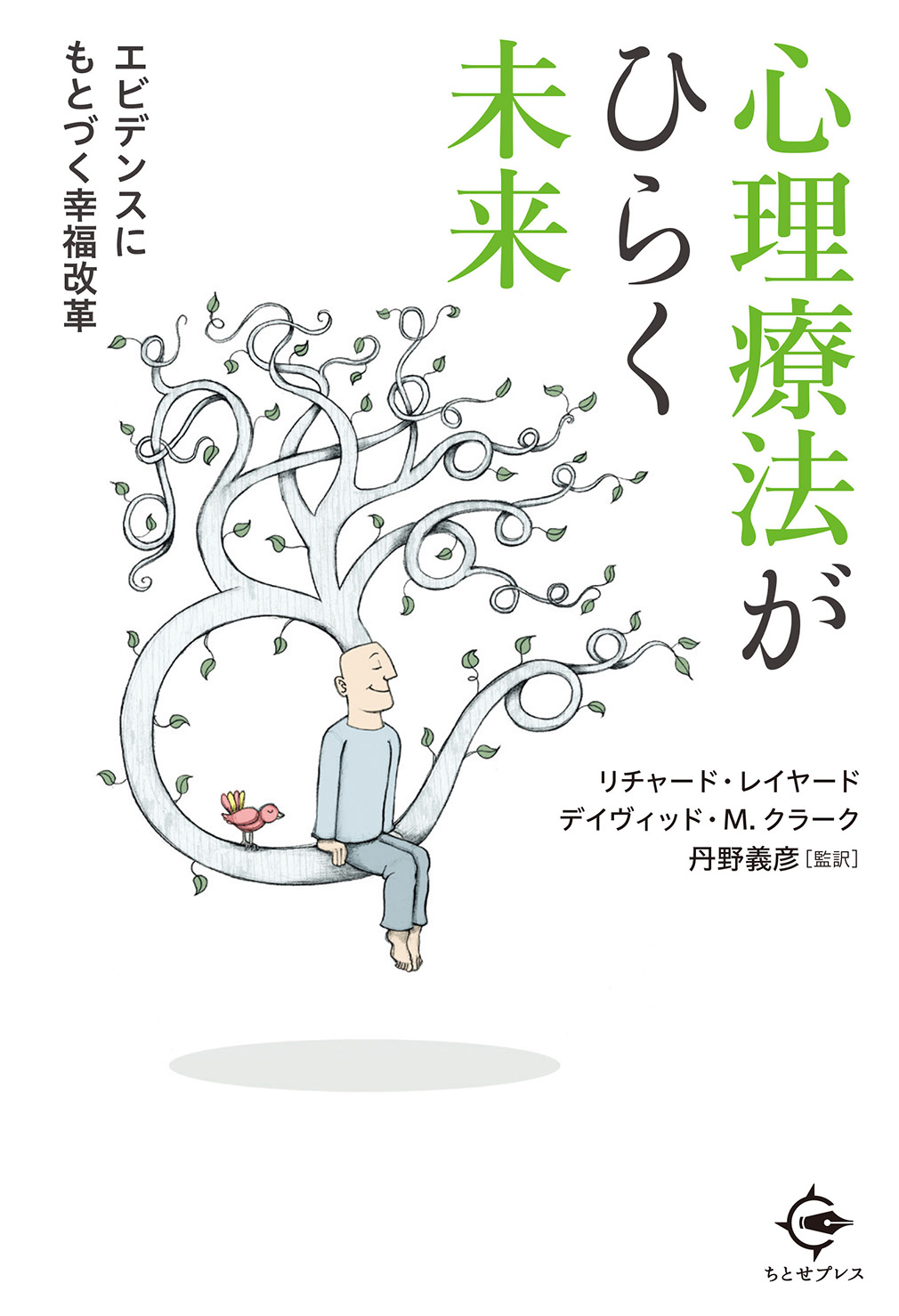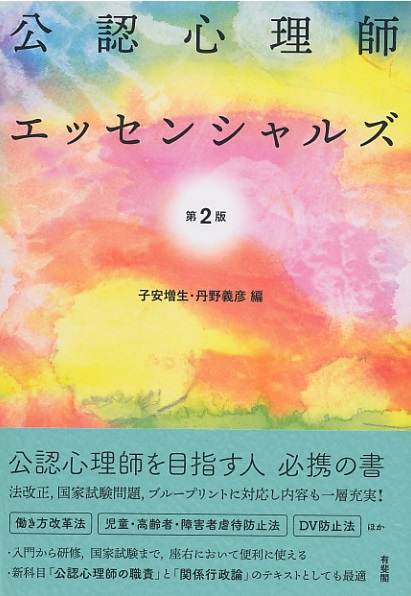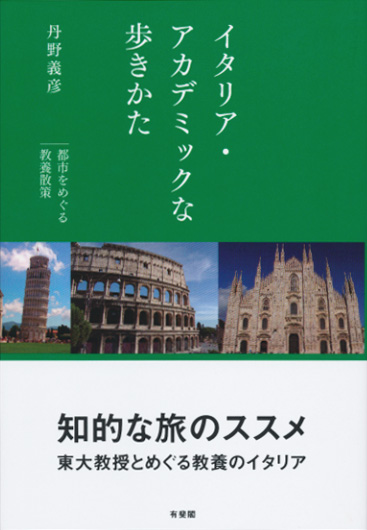
Title
Italia Academic na Arukikata (Academic Walking Tours in Italy - Cultural Walks around Italian Universities)
Size
232 pages, 127x188mm
Language
Japanese
Released
December 25, 2015
ISBN
978-4-641-17418-4
Published by
Yuhikaku Publishing Col., Ltd.
Book Info
See Book Availability at Library
Japanese Page
This book introduces a new way of enjoying Italy’s diverse charm: the “University tour.” The book takes readers on a journey to universities and academic facilities in nine Italian cities, introducing their connections with history, scholarship, and society. Bologna is the birthplace of the university. Padua is the birthplace of the scientific revolution. Italy’s universities are studded with “intellectual theme parks,” which are not included in most travel guides. These include the Archiginnasio and the Palazzo Poggi of Bologna, the Palazzo Bo of Padua, the headquarters of the University of Milan (formerly the Maggiore Hospital), and the Palazzo Brera. The book introduces the appeal of each city while mapping out walking tours of these famous academic sites. To convey the joy of walking around universities, I have published three books in the “Kokoro no Rinsho Tour” (Clinical Tours of the Heart) series, for London, the United States, and the United Kingdom. This book is the Italy edition in that series.
Italy’s Academic Highway
Five of the nine cities (Rome, Florence, Venice, Milan, and Napoli) introduced in the book are major Italian cities with good access. On the other hand, Bologna, Pisa, and Padua are university cities, which are somewhat further away from the big cities though they can still be easily reached by train. We can refer to these routes connecting the various cities as Italy’s “academic highway.” This book is an attempt to explore Italian history and the history of academia while traversing this academic highway.
No other country in the world boasts cities as unique as those of Italy. Each city has a completely different history and a different appearance. There is little to choose between the history of Japan’s cities, and most of our university campuses are similar. Japan’s cities lack originality. In contrast, no Italian city is much like the other. The universities are also very different. It is interesting to learn about the individual qualities of cities and universities. By walking around a university, you not only learn about the university itself but you can also experience the individual qualities of the city as a whole. In this sense, the protagonists of this book are the cities themselves.
Recommending the Virtual Tour
The book is also compatible with virtual tours. The Internet has made it easier to enjoy simulated experiences of overseas travel. Using Street View, we can quickly view images of our area of interest. Yet, while the Internet might seem omnipotent, it is in fact littered with defects. Its biggest shortcoming is its fragmented nature. Without a systematic framework of knowledge, information is presented discretely and does not remain in our hearts. Moreover, it is actually quite difficult to locate the information we need, and web searches are time consuming. In this respect, the book is a far superior medium.
Only superficial information is available on the Internet. The truly interesting things are not available online; they are hidden in books. This book draws on the content of numerous others. Focusing on the topic of travel, it even argues for the revival of reading. It is likely that the Internet and books will continue to have a complementary relationship in the future. I hope that readers will use this book to enjoy virtual tours while compensating for the fragmentary nature of online information.
(Written by TANNO Yoshihiko, Professor, Graduate School of Arts and Sciences / 2017)



 Find a book
Find a book


 eBook
eBook